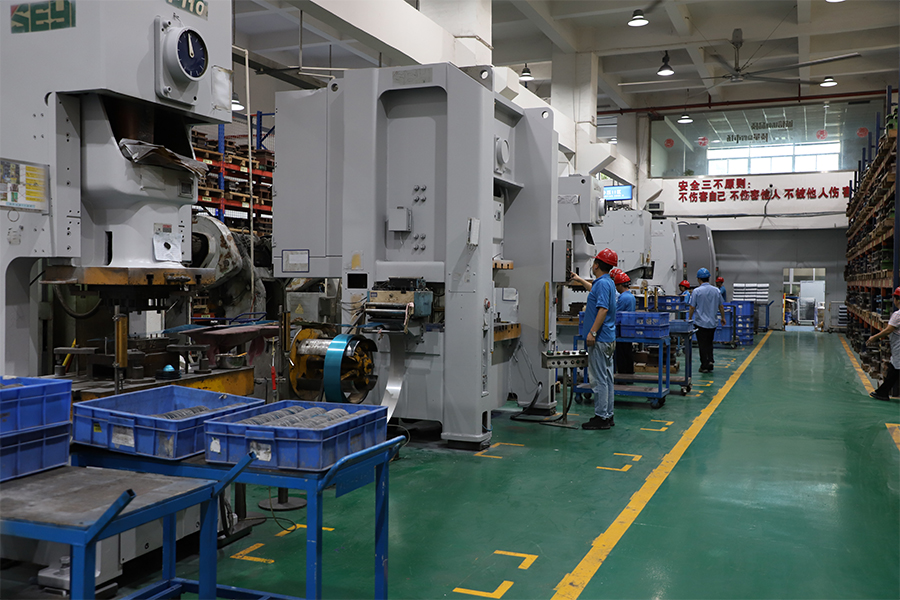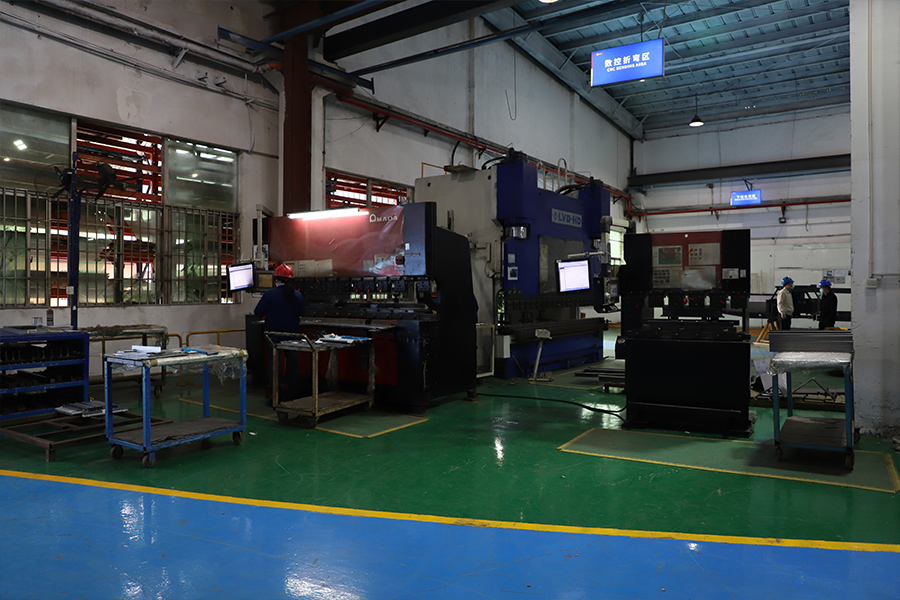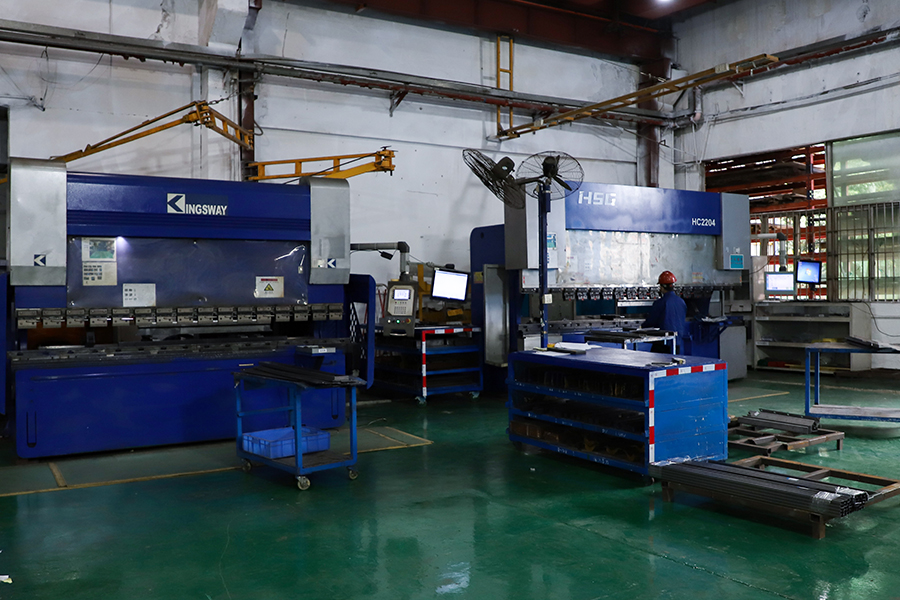
Privacy statement: Your privacy is very important to Us. Our company promises not to disclose your personal information to any external company with out your explicit permission.

1. Sheet metal cutting process
Sheet metal cutting is the first step in sheet metal processing, which determines the size and shape of the raw materials for subsequent processing. There are many common cutting methods.
2. Shearing cutting
This is a more traditional and widely used method. Through the shearing machine, the relative movement of the upper and lower blades is used to apply shear force to the sheet metal sheet so that it is separated according to the set length and width. This method is suitable for processing sheet metal parts with straight edges, and is very effective for cutting simple protective plates in some Commercial Auto Spares that do not require extremely high dimensional accuracy. Its advantages are simple operation, high efficiency, and the ability to quickly process a large number of sheets.
3. Laser cutting
Laser cutting is a method of using a high-energy-density laser beam to irradiate the surface of the sheet metal, causing the material to melt or vaporize instantly, thereby achieving cutting. Laser blanking has extremely high precision and can cut complex shapes. It is very suitable for blanking small parts with irregular shapes in some Automotive Mechanical components. At the same time, its cutting edge quality is good and the heat-affected zone is small, which can minimize the impact on material properties. However, the cost of laser blanking equipment is high and requires professional operation and maintenance.
4. CNC blanking
CNC blanking is the use of dies on CNC punching machines to punch and blank sheet metal. Through programming, the movement trajectory of the punch can be accurately controlled to achieve blanking of various shapes and patterns. It is very efficient when processing sheet metal parts with many regular holes or special shapes, such as some parts with mounting holes in the chassis of automobiles.

Sheet metal forming process
Sheet metal after blanking needs to go through a forming process to become the final product.
1. Bending process
Bending is the operation of bending sheet metal along a specific straight line or curve. Through a bending machine, the die is used to apply pressure to the sheet metal to cause permanent plastic deformation. During the operation, it is necessary to select the appropriate mold and pressure according to the thickness, material and bending angle of the sheet metal. For example, when manufacturing some brackets in automotive mechanical parts, accurate bending angles and positions are essential for the installation and functional realization of the parts. The bending process can make sheet metal parts form complex three-dimensional shapes to meet different design requirements.
2. Stretching process
Stretching is mainly used to process sheet metal into shapes with a certain depth, such as some concave parts in the chassis of an automobile. During the stretching process, the sheet metal is subjected to tension, and the material flows under the action of the mold to form the desired shape. The stretching process needs to consider factors such as the stretching ratio and the radius of the mold fillet to prevent the sheet metal from cracking or wrinkling. A reasonable stretching process can give sheet metal parts good strength and rigidity while maintaining a smooth appearance.
3. Spinning process
For some sheet metal parts with rotationally symmetrical shapes, such as the circular cover in some automotive accessories, the spinning process can be used. Spinning is to fix the sheet metal on a rotating core mold, apply pressure to it through a rotating roller, and make the sheet metal gradually fit the shape of the core mold. This process can produce parts with high precision and good surface quality, and can effectively utilize materials and reduce waste generation.
4. Post-forming processing
After the sheet metal is formed, some subsequent processing is required. For example, the surface is polished and deburred to improve the appearance quality and safety of the product. For some sheet metal parts that need corrosion protection, surface treatment processes such as painting and galvanizing are also carried out to extend their service life.

The process of sheet metal processing from cutting to forming is a complex and precise process. Through sheet metal cutting, shearing, laser cutting, CNC punching, sheet metal forming, bending, stretching, spinning and post-forming processing, these processes cooperate with each other to ensure the production of high-quality sheet metal products and provide strong support for the development of the automotive industry.
Author:
Mr. CTT TECHNOLOGY (UK) LIMITED
Correo electrónico:
Phone/WhatsApp:
+86 13676001213
November 22, 2024
November 19, 2024
Contactar proveedor
Author:
Mr. CTT TECHNOLOGY (UK) LIMITED
Correo electrónico:
Phone/WhatsApp:
+86 13676001213
November 22, 2024
November 19, 2024

Privacy statement: Your privacy is very important to Us. Our company promises not to disclose your personal information to any external company with out your explicit permission.

Fill in more information so that we can get in touch with you faster
Privacy statement: Your privacy is very important to Us. Our company promises not to disclose your personal information to any external company with out your explicit permission.